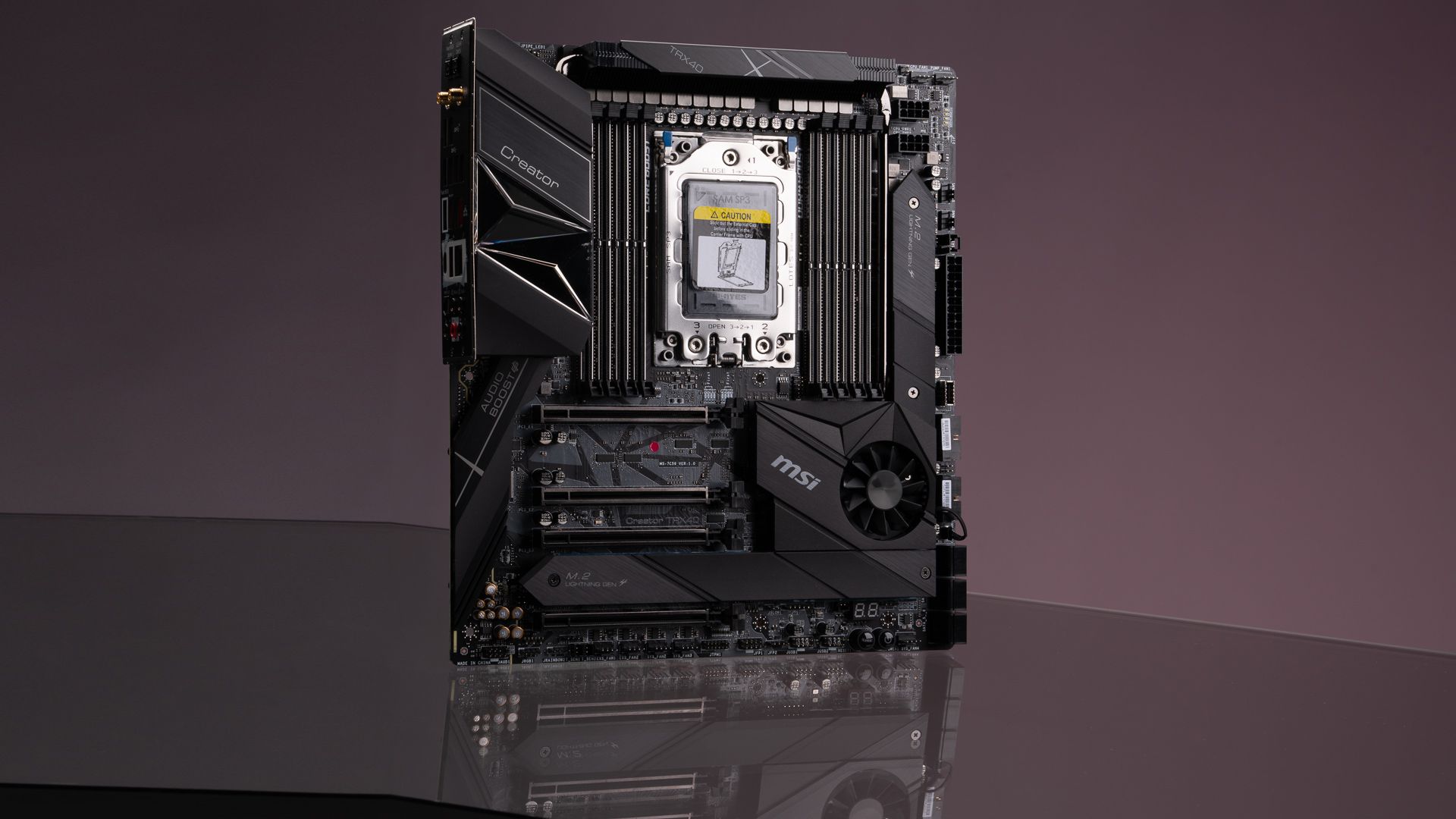Time: 2024-01-13 15:03:05View:
VHDL, which stands for VHSIC Hardware Description Language, is a programming language used to model and simulate digital systems. It is commonly used in the design and verification of electronic systems, particularly in the field of integrated circuit design. VHDL allows engineers to describe the behavior and structure of digital systems, such as microprocessors, memory chips, and other electronic components, in a textual format.
One of the key features of VHDL is its ability to describe the behavior of a digital system at various levels of abstraction, from the high-level algorithmic description down to the low-level gate-level implementation. This makes it a powerful tool for both system-level design and detailed hardware modeling. VHDL is also used for simulation and verification of digital designs, allowing engineers to test and debug their designs before they are implemented in hardware.
VHDL is widely used in the design and verification of digital systems in industries such as telecommunications, aerospace, and consumer electronics. VHDL is also commonly taught in electrical engineering and computer science curricula, as it provides a solid foundation for understanding digital system design principles.
In summary, VHDL is a versatile and powerful language for modeling, simulating, and verifying digital systems. Its ability to describe digital designs at various levels of abstraction makes it an essential tool for engineers working in the field of digital system design and verification.

Verilog is a hardware description language (HDL) used to model and simulate digital systems. It is widely used in the design and verification of electronic systems, particularly in the field of integrated circuit design. Verilog allows engineers to describe the behavior and structure of digital systems, such as microprocessors, memory chips, and other electronic components, in a textual format.
One of the key features of Verilog is its ability to describe the behavior of a digital system at various levels of abstraction, from the high-level algorithmic description down to the low-level gate-level implementation. This makes it a powerful tool for both system-level design and detailed hardware modeling. Verilog is also used for simulation and verification of digital designs, allowing engineers to test and debug their designs before they are implemented in hardware.
Verilog is widely used in the design and verification of digital systems in industries such as telecommunications, aerospace, and consumer electronics. Verilog is also commonly taught in electrical engineering and computer science curricula, as it provides a solid foundation for understanding digital system design principles.
In summary, Verilog is a versatile and powerful language for modeling, simulating, and verifying digital systems. Its ability to describe digital designs at various levels of abstraction makes it an essential tool for engineers working in the field of digital system design and verification.
VHDL and Verilog, despite being different languages, share several common points due to their shared purpose of modeling and simulating digital systems. Firstly, both VHDL and Verilog are hardware description languages (HDLs) used in the design and verification of electronic systems, particularly in the field of integrated circuit design. They allow engineers to describe the behavior and structure of digital systems, such as microprocessors, memory chips, and other electronic components, in a textual format.
Another common point between VHDL and Verilog is their ability to describe the behavior of a digital system at various levels of abstraction. Both languages can be used to model digital designs at high-level algorithmic descriptions as well as low-level gate-level implementations. This flexibility makes them powerful tools for system-level design and detailed hardware modeling. Additionally, both languages are used for simulation and verification of digital designs, enabling engineers to test and debug their designs before they are implemented in hardware.
Furthermore, VHDL and Verilog are industry standards, maintained and updated by the IEEE (Institute of Electrical and Electronics Engineers). They are widely used in the design and verification of digital systems in industries such as telecommunications, aerospace, and consumer electronics. Both languages are also commonly taught in electrical engineering and computer science curricula, providing students with a solid foundation for understanding digital system design principles.
In summary, VHDL and Verilog share common ground as powerful and versatile languages for modeling, simulating, and verifying digital systems. Their shared purpose and capabilities make them essential tools for engineers working in the field of digital system design and verification.
VHDL and Verilog are two prominent hardware description languages (HDLs) used in the design and verification of digital systems, and while they share many similarities, they also have distinct differences. One key difference lies in their origins and design philosophies. VHDL, which stands for VHSIC Hardware Description Language, was developed by the U.S. Department of Defense in the 1980s with a focus on formal verification and documentation. Verilog, on the other hand, was developed by Gateway Design Automation and later standardized as IEEE 1364. It was initially more focused on simulation and modeling.
Another notable difference is their syntax and modeling styles. VHDL is known for its verbose and explicit syntax, which makes it well-suited for complex, algorithmic descriptions and is often favored for larger, more complex designs. Verilog, in contrast, has a more concise and implicit syntax, making it popular for its ease of use and suitability for modeling and simulating digital circuits.
Additionally, VHDL and Verilog have different approaches to concurrency and event-driven modeling. VHDL uses processes and signals to describe concurrent behavior, while Verilog uses modules and continuous assignments. This leads to differences in how they handle certain aspects of digital design, such as event scheduling and signal propagation.
Furthermore, VHDL and Verilog have different methodologies for handling data types and modeling abstractions. VHDL has a strong type system and supports a wide range of data types, making it suitable for complex data manipulation and algorithmic descriptions. Verilog, while also supporting various data types, is often seen as more flexible and easier to use for modeling hardware at a lower level of abstraction.
In summary, while VHDL and Verilog share the common goal of modeling and simulating digital systems, they differ in their origins, syntax, modeling styles, concurrency and event-driven modeling, and handling of data types and abstractions. Understanding these differences is crucial for engineers and designers when choosing the most suitable language for their specific design needs.
VHDL and Verilog, as hardware description languages (HDLs), find extensive applications in the design and verification of digital systems across various industries. One of the primary applications of both languages is in the design and verification of integrated circuits (ICs) and field-programmable gate arrays (FPGAs). Engineers use VHDL and Verilog to model and simulate the behavior and structure of digital systems, such as microprocessors, memory chips, and other electronic components, before they are implemented in hardware. This allows for thorough testing and debugging, reducing the risk of errors in the final product.
In the aerospace industry, VHDL and Verilog are used for designing and verifying digital systems in avionics, flight control systems, and communication systems. These languages enable engineers to model complex digital designs and ensure their reliability and safety before they are deployed in critical aerospace applications.
Moreover, VHDL and Verilog are extensively utilized in the telecommunications industry for designing and verifying digital signal processing (DSP) algorithms, communication protocols, and networking equipment. These languages enable engineers to model and simulate the behavior of digital systems, ensuring that they meet the stringent performance and reliability requirements of modern telecommunications infrastructure.
In the consumer electronics industry, VHDL and Verilog are employed in the design and verification of digital systems for a wide range of products, including smartphones, tablets, digital cameras, and home entertainment systems. Engineers use these languages to model and simulate the behavior of digital circuits, ensuring that consumer electronics meet performance, power consumption, and cost targets.
Furthermore, VHDL and Verilog are widely used in academic and research settings for teaching digital system design principles and for conducting research in the field of digital design and verification. They provide a solid foundation for understanding and experimenting with digital systems, making them invaluable tools for students and researchers.
In summary, VHDL and Verilog have diverse applications in industries such as integrated circuit design, aerospace, telecommunications, consumer electronics, and academia. Their versatility and power make them essential tools for engineers and researchers working in the field of digital system design and verification.

The question of whether VHDL or Verilog is better is a topic of ongoing debate in the field of digital system design and verification. Both languages have their strengths and weaknesses, and the choice between them often depends on the specific requirements of a given project, as well as the preferences and expertise of the design team.
VHDL is known for its verbose and explicit syntax, making it well-suited for complex, algorithmic descriptions and is often favored for larger, more complex designs. Its strong type system and support for a wide range of data types make it suitable for complex data manipulation and algorithmic descriptions. VHDL's origins in the U.S. Department of Defense also give it a strong emphasis on formal verification and documentation, making it well-suited for safety-critical and mission-critical applications.
On the other hand, Verilog is recognized for its concise and implicit syntax, making it popular for its ease of use and suitability for modeling and simulating digital circuits. It is often preferred for its flexibility and is commonly used for modeling hardware at a lower level of abstraction. Verilog's initial focus on simulation and modeling has made it a popular choice for digital design and verification, particularly in the semiconductor industry.
Ultimately, the choice between VHDL and Verilog often comes down to factors such as the design team's familiarity and expertise with a particular language, the specific requirements of the project, and the existing codebase or design practices within an organization. Some projects or organizations may have a historical preference for one language over the other, while others may choose based on the specific features and capabilities of each language that best align with their design goals.
In recent years, there has been a trend toward using both VHDL and Verilog in combination with higher-level hardware description languages, such as SystemVerilog, which combines features from both languages. This approach allows designers to leverage the strengths of each language while mitigating their respective weaknesses.
In conclusion, the question of whether VHDL or Verilog is better is not easily answered, as both languages have their own strengths and are well-suited for different types of digital design and verification projects. The choice between them ultimately depends on the specific requirements, expertise, and preferences of the design team and the organization.